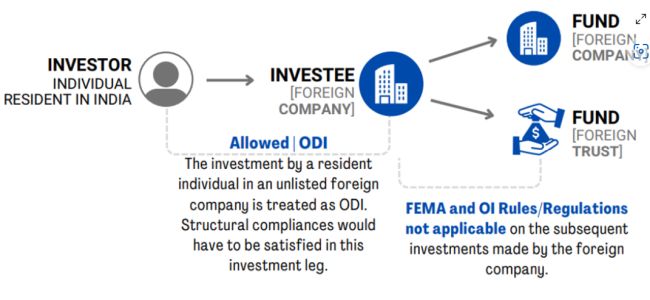Unlocking Financial Aid: A Comprehensive Guide to FAFSA Federal Loan Options
#### Introduction to FAFSA Federal LoanThe **FAFSA Federal Loan** is a crucial resource for students seeking financial assistance for their higher education……
#### Introduction to FAFSA Federal Loan
The **FAFSA Federal Loan** is a crucial resource for students seeking financial assistance for their higher education. The Free Application for Federal Student Aid (FAFSA) is the first step in securing federal loans, grants, and work-study opportunities. Understanding the intricacies of the FAFSA process can significantly impact your educational journey and financial well-being.
#### What is FAFSA?
The FAFSA is an application form that students in the United States fill out to determine their eligibility for federal financial aid. This aid can take various forms, including grants, work-study, and federal loans. Completing the FAFSA is essential for students who wish to access federal student loans, such as the Direct Subsidized Loans and Direct Unsubsidized Loans, which are part of the federal loan offerings.
#### Understanding Federal Loans
Federal loans are funded by the government and typically offer lower interest rates and more flexible repayment options compared to private loans. The FAFSA Federal Loan program includes several types of loans designed to cater to different financial needs. Here’s a breakdown of the most common types:
1. **Direct Subsidized Loans**: These loans are available to undergraduate students who demonstrate financial need. The government pays the interest while you're in school at least half-time, during the grace period, and during deferment periods.
2. **Direct Unsubsidized Loans**: Unlike subsidized loans, these are available to both undergraduate and graduate students regardless of financial need. Interest accrues while you are in school, which means you’ll owe more when you start repayment.
3. **Direct PLUS Loans**: These are available to graduate students and parents of dependent undergraduate students. They require a credit check and typically have higher interest rates.
#### The FAFSA Application Process
Filling out the FAFSA is a straightforward process, but it requires careful attention to detail. Here’s a step-by-step guide:
1. **Gather Required Documents**: Before starting your application, collect necessary documents, such as your Social Security number, tax returns, and information about your assets.
2. **Create an FSA ID**: This is your electronic signature for the FAFSA and allows you to access and sign your application online.
3. **Complete the FAFSA**: You can fill out the application online at the FAFSA website. Be sure to include all accurate information to avoid delays in processing.

4. **Review Your Student Aid Report (SAR)**: After submitting your FAFSA, you’ll receive a SAR summarizing your information. Review it carefully for any errors.
5. **Receive Your Financial Aid Offer**: Once your FAFSA is processed, schools will send you a financial aid offer detailing the types and amounts of aid you are eligible for, including FAFSA Federal Loans.
#### Tips for Maximizing Your FAFSA Federal Loan Benefits
- **Apply Early**: The FAFSA opens on October 1 each year, and many states and colleges have limited funds. Applying early increases your chances of receiving aid.
- **Keep Track of Deadlines**: Each state and institution has different deadlines for financial aid, so stay organized and ensure you meet all necessary dates.
- **Consider Your Options**: After receiving your financial aid offer, carefully evaluate your loan options. Understand the terms, interest rates, and repayment plans.

- **Stay Informed**: Changes in your financial situation can affect your eligibility for aid. Keep your school informed of any changes, and don’t hesitate to reach out for assistance.
#### Conclusion
Navigating the world of student loans can be daunting, but understanding the FAFSA Federal Loan process is essential for securing the financial aid you need for your education. By completing the FAFSA accurately and on time, you open doors to various funding opportunities that can help you achieve your academic goals. Whether you are a high school senior or a returning student, taking the time to understand and utilize the FAFSA can make a significant difference in your educational experience.